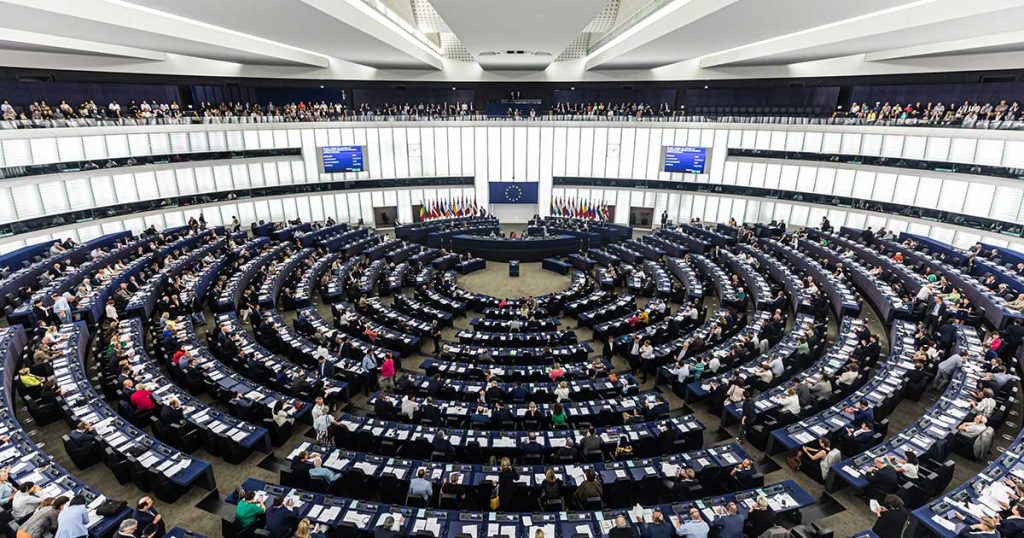On 18 April, members of the European Parliament voted on the reform of the European Union’s Emissions Trading System (ETS), the Carbon Border Adjustment Mechanism, and a new Social Climate fund. Great news for the climate: all three initiatives got the majority to help reduce greenhouse gas (GHG) emissions by at least 55% by 2030 compared to 1990 levels by the European Climate Law.
This has been a crucial vote for climate action and the #EUGreenDeal. We are closer than ever to finalizing Fit for 55 and putting the European Union firmly on track to a greener future⬇️#EPlenary #FitFor55 pic.twitter.com/H15Q3HijvR
— Frans Timmermans (@TimmermansEU) April 18, 2023
Emissions will be cut by 62% by 2030 (vs. 2005), one percentage point more than the European Commission’s original proposal. An essential part of the decision is that free allowances to ETS industries will be gradually phased in between 2026 and 2034:
2026: 2.5%
2027: 5%
2028: 10%
2029: 22.5%
2030: 48.5%
2031: 61%
2032: 73.5%
2033: 86%
2034: 100%
The EP also voted to include GHG emissions from the maritime sector in the trading system and also agreed to revise the free allowances for aviation: to promote the use of sustainable aviation fuels, allowances will be completely phased out by 2026 already!
To incentivize non-EU countries to increase their climate efforts and ensure that our efforts are not undermined by production being relocated from the EU to countries with less ambitious policies, the Carbon Border Adjustment Mechanism (CBAM) will be phased in as ETS allowances be phased out.
With the mechanism in place, importers of steel, cement, aluminum, fertilizers, electricity, and hydrogen (and in some cases, indirect polluters) will pay any difference between the carbon price paid in the country of production and the price of carbon allowances in the EU’s ETS.
A deal was adopted so the EU Social Climate Fund (SCF) can be set up in 2026 to ensure that the climate transition will be fair and socially inclusive for all, such as vulnerable households, micro-enterprises, and transport users who are particularly affected by energy and transport poverty will benefit from this.
The SCF will be funded by auctioning ETS II allowances up to an amount of €65 billion, with an additional 25% covered by national resources (amounting to an estimated total of €86,7 billion). For that, EU countries must submit their own “Social Climate Plans” after consulting with local and regional authorities, economic and social partners, and civil society.




